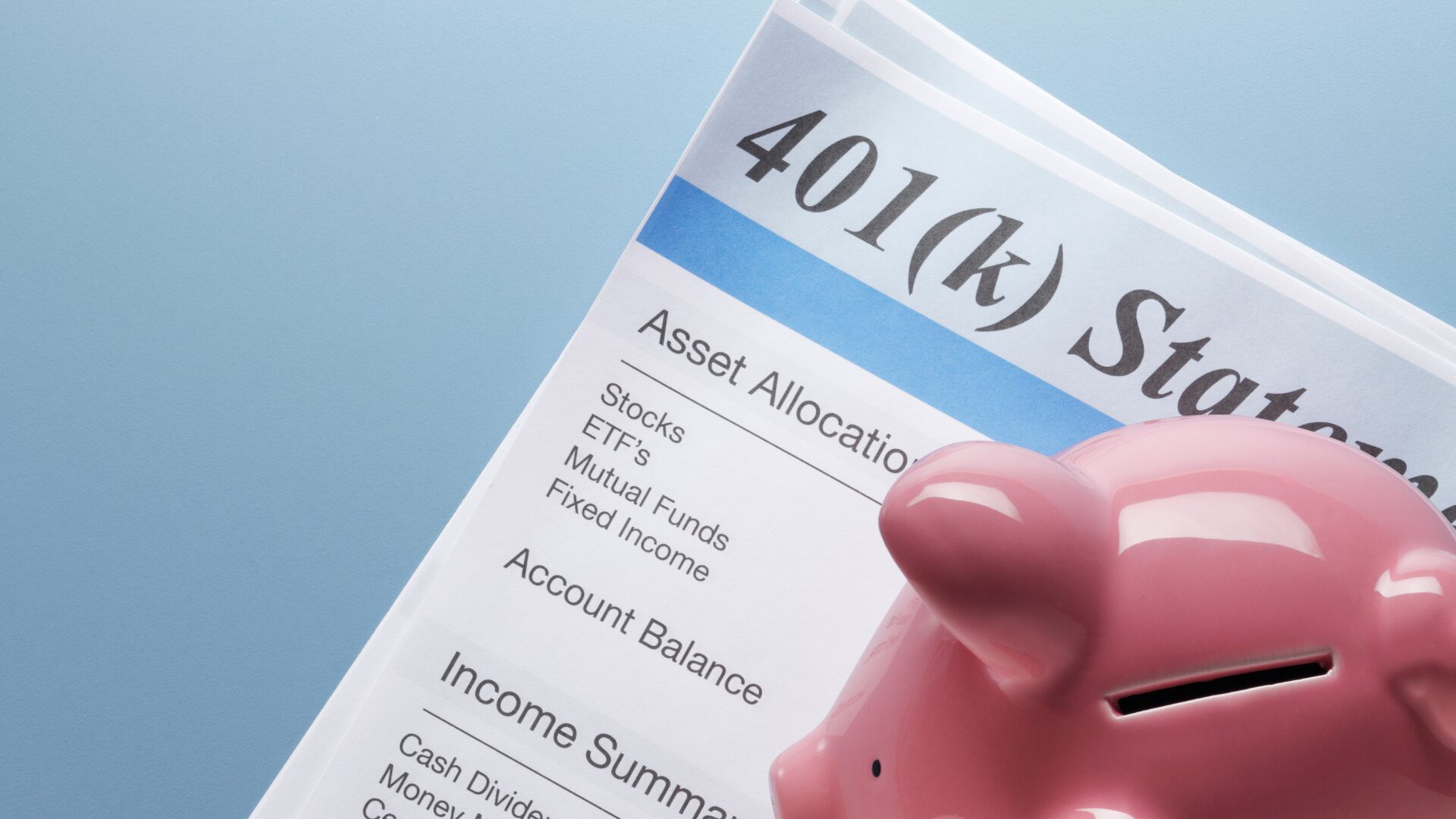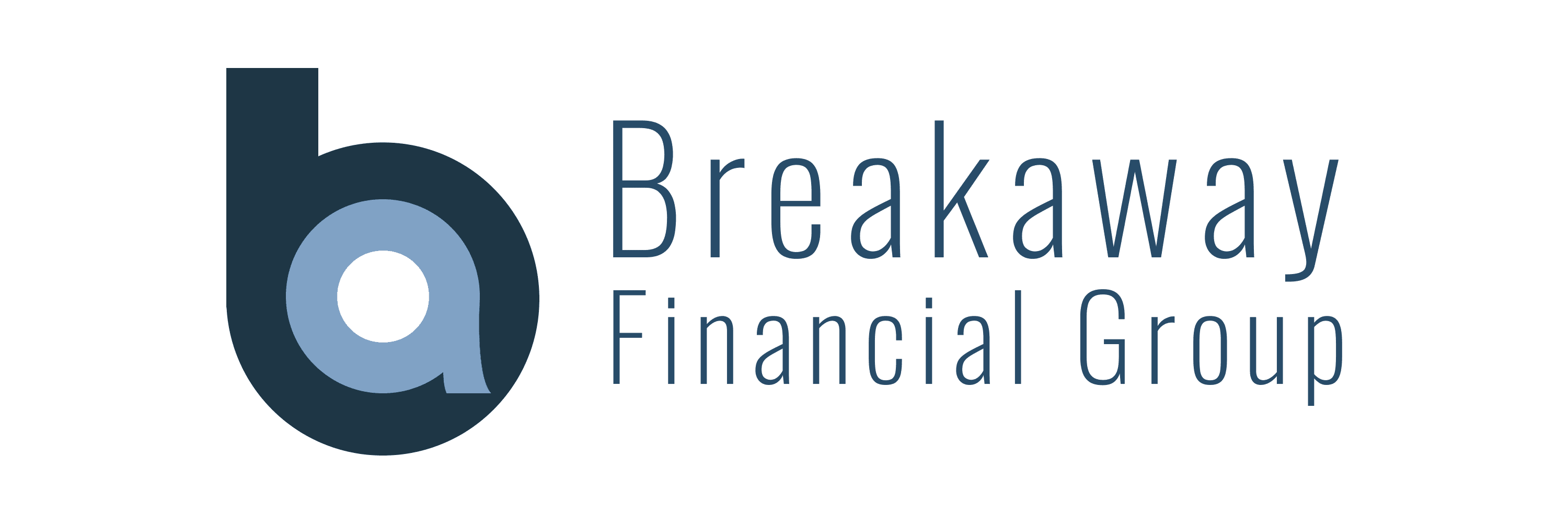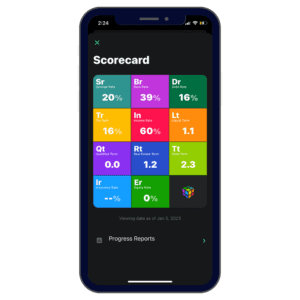As a small business owner, you understand the importance of investing in your company’s future. But have you considered investing in your employees’ futures as well? Providing a 401(k) plan for your small business offers a wealth of benefits, including attracting top talent, gaining tax advantages, and fostering employee satisfaction. In this blog post, we will guide you through the process of how to start a 401k for your small business, helping you make informed decisions every step of the way.
Key Takeaways
401(k) plans offer long-term financial security, attract and retain talent, and provide tax benefits for employers & employees.
Setting up a 401(k) plan requires researching retirement providers, drafting a plan document & creating a trust fund.
Managing the plan involves monitoring investments/performance to ensure compliance with regulations while encouraging employee participation through education resources.
Understanding the Importance of a 401(k) for Small Businesses

Offering a 401(k) plan to your employees has several benefits:
It demonstrates your commitment to their long-term financial well-being
It can significantly impact employee attraction and retention
It can bring potential tax savings for both employers and employees.
Attracting and Retaining Top Talent
A 401(k) plan can serve as a powerful tool for attracting and retaining top talent in today’s competitive job market, especially when offering an employer match. According to Forbes, 76% of employees are more likely to be attracted to a company that shows concern for their financial well-being. Additionally, research indicates that retirement benefits can lead to higher retention rates, with workers being 40% less likely to leave when offered retirement benefits.
The vesting schedule, which outlines when employees gain full ownership of employer contributions, can serve as an incentive for employees to remain with the company. By offering a competitive retirement savings option, you are investing in the long-term success of both your employees and your small business.
Tax Advantages for Employers and Employees
401(k) plans offer tax-deferred growth and potential tax deductions for both employers and employees. Employers can benefit from tax deductions on their federal income tax return for contributions made to the plan. Employees, on the other hand, enjoy the advantage of making pre-tax contributions to their 401(k) accounts, which reduces their taxable income and defers taxes on investment gains until withdrawal.
For employees, the choice between a traditional 401(k) and a Roth 401(k) can also impact their tax situation. Contributions to a traditional 401(k) are made with pre-tax dollars, reducing taxable income, whereas contributions to a Roth 401(k) are made with post-tax dollars, offering tax-free withdrawals under certain conditions. The tax advantages of a 401(k) plan make it an attractive option for both employers and employees.
Choosing the Right 401(k) Plan for Your Small Business

You must pick the most suitable 401(k) plan for your small business to maximize benefits for both you and your employees. The three main types of 401(k) plans are traditional, safe harbor, and automatic enrollment. Each plan differs in terms of employer contributions, employee participation, and compliance regulations.
Grasping the distinctions among these plans will aid you in determining the plan that aligns perfectly with your business needs and objectives. Here’s a more detailed examination of each plan type.
Traditional 401(k) Plans
Traditional 401(k) plans are employer-sponsored retirement savings plans that enable employees to contribute a portion of their pre-tax income to their retirement account. Employers have the flexibility to adjust their contributions annually, allowing them to tailor the plan to suit their organization’s needs.
The tax implications of traditional 401(k) plans benefit both employers and employees, as they navigate the complexities of how to pay taxes. Here are the key points:
Employers can deduct their contributions on their federal income tax return.
Employees’ elective deferrals are not treated as current income for federal income tax purposes.
Elective deferrals are subject to Social Security and Medicare taxes.
Employee contributions to a traditional 401(k) plan are made on a pre-tax basis and are taxable upon withdrawal.
Safe Harbor 401(k) Plans
Safe Harbor 401(k) plans simplify compliance by requiring employers to make contributions, either through matching or non-elective contributions. These plans are automatically exempt from certain annual compliance tests, such as the ADP/ACP and top-heavy tests, which traditional 401(k) plans are subject to.
Employer contributions in Safe Harbor plans are fully vested upon contribution, granting employees immediate ownership of the funds. By offering simplified compliance and immediate vesting, Safe Harbor 401(k) plans can be an attractive option for small businesses looking to provide a competitive retirement plan for their employees.
Automatic Enrollment 401(k) Plans
Automatic Enrollment 401(k) plans increase employee participation by automatically enrolling employees at a default contribution rate, typically set at 3% and incrementally increasing up to 6% with each year of participation. Employees have the option to opt-out or modify the default rate if they wish.
The advantages of automatic enrollment 401(k) plans include higher employee participation rates, encouraging retirement preparedness, and fostering employee engagement in the plan. Implementing an automatic enrollment 401(k) plan can lead to increased savings and overall satisfaction with the plan for both employees and employers.
Steps to Set Up a 401(k) Plan for Your Small Business

Implementing a 401(k) plan for your small business entails several significant procedures, such as investigating retirement plan providers, drafting a plan document, and creating a trust fund. Each of these procedures is vital for the effective initiation and administration of your 401(k) plan.
While the process may appear intimidating, with appropriate guidance and resources, establishing a 401(k) plan for your small business can be a seamless and gratifying journey. Let’s examine each stage in greater detail.
Researching Retirement Plan Providers
Selecting the right retirement plan provider is a critical step in establishing a 401(k) plan for your small business. It is important to research various providers, such as mutual fund companies, brokerage firms, and insurance companies, to find one with an exemplary track record and the ability to provide long-term service with extensive resources and excellent customer service.
Consider factors such as fees, investment options, and administrative support when evaluating potential providers. Consult with other small business owners and industry professionals to gain insights into their experiences with different providers. Thorough research will help you find a provider that best aligns with your business needs and goals.
Creating a Written Plan Document
A written plan document serves as the foundation for your 401(k) plan, outlining key details such as eligibility, vesting, and contribution rules. This document must comply with IRS regulations and should be communicated to employees in a clear and concise manner.
When creating a written plan document, it is essential to include all necessary elements, such as:
Plan description
Contribution guidelines
Vesting schedule
Investment options
Plan administration
Recordkeeping and reporting
Ensuring that your plan document is comprehensive and up-to-date will help your 401(k) plan run smoothly and remain compliant with regulations.
Establishing a Trust Fund
Establishing a trust fund is a vital step in setting up a 401(k) plan for your small business. A trust fund ensures that the plan’s assets, including mutual funds, are used solely for the benefit of plan participants and their beneficiaries. The trust must have at least one designated trustee responsible for managing contributions, plan investments, and distributions.
When setting up a trust fund, it is important to adhere to IRS and Department of Labor regulations to ensure the financial integrity and protection of the plan’s assets. Establishing a trust fund not only safeguards the assets for the benefit of plan participants but also demonstrates your commitment to your employees’ financial well-being.
Managing Your Small Business 401(k) Plan

Administering your small business 401(k) plan requires persistent duties, including investment monitoring, regulatory compliance, and participant support. A proactive approach to managing your 401(k) plan can aid in sustaining a thriving retirement savings program for both your employees and your business.
By staying informed and engaged in the management of your 401(k) plan, you can ensure that your employees have access to a valuable retirement savings tool while also enjoying the benefits and tax advantages that come with offering such a plan.
Monitoring Investments and Performance

Regularly reviewing and monitoring the performance of your 401(k) plan’s investments is essential for maintaining a diversified portfolio and maximizing returns for your employees. It is advisable to review the plan at least once or twice annually or after any significant life event that could influence your financial or retirement plans.
Utilize available tools and resources, such as 401(k) software, investment monitoring software, and financial advisor tools, to help track the performance of your plan’s investments. By staying informed about the performance of your plan’s investments, you can make timely adjustments to ensure that your employees’ retirement savings continue to grow.
Ensuring Compliance with Regulations
Ensuring that your 401(k) plan remains compliant with IRS and Department of Labor regulations is crucial to avoid potential penalties and fines. Regularly review your plan document, contribution limits, and other compliance requirements to ensure that your plan maintains its tax-qualified status.
Keeping up to date with industry news, resources, and regulatory changes can help you stay informed and prepared to make any necessary adjustments to your 401(k) plan. By staying proactive in managing compliance, you can provide a valuable retirement savings tool for your employees while protecting your business from potential financial penalties.
Educating and Encouraging Employee Participation

Educating your employees about the 401(k) plan and encouraging their participation is vital for optimizing the plan’s benefits for both your eligible employees and your business.
Here are some ways to provide clear and concise information about the plan:
Explain the enrollment process and provide step-by-step instructions.
Clearly outline the contribution options available to employees, including any matching contributions from the company.
Highlight the benefits of participating in the plan, such as tax advantages and long-term savings potential.
By providing this information, you can help employees make informed decisions about their retirement savings and overall financial well-being.
By offering ongoing support and resources, you can empower your employees to take control of their financial future and fully utilize the advantages of your 401(k) plan.
Communicating Plan Benefits and Features
Communicating the advantages and characteristics of your 401(k) plan effectively is key to helping employees comprehend the plan’s value and its role in achieving their retirement objectives. Providing a summary plan description and hosting informational sessions can be helpful in disseminating key information about the plan.
Be transparent about plan-related fees and investment options, and make it easy for employees to access account information and make changes to their contributions. By communicating the benefits and features of your 401(k) plan clearly and consistently, you can encourage employees to take full advantage of this valuable retirement savings tool.
Providing Financial Education Resources
Offering financial education resources to your employees can help them make informed decisions about their retirement savings and overall financial well-being. Some resources that can provide valuable tools and insights for employees to improve their financial knowledge and well-being include:
Consumer Financial Protection Bureau (CFPB)
ENRICH™ Financial Wellness
BrightPlan
Personal Finance Lab
By providing these resources, you not only help your employees contribute to making more informed decisions about their retirement savings but also demonstrate your commitment to their financial well-being and overall satisfaction with your company.
Summary
In conclusion, setting up and managing a 401(k) plan for your small business is an essential step in investing in both your employees’ future and the success of your company. By understanding the importance of offering a 401(k) plan, selecting the right plan type, implementing the necessary steps, managing the plan effectively, and providing ongoing support and education, you can create a valuable retirement savings program that benefits both your employees and your business. With the right resources and guidance, you can empower your employees to take control of their financial future and contribute to the long-term success of your company.
Frequently Asked Questions
Can I open a 401k on my own?
As a self-employed person or business owner, you are eligible to open an Individual 401(k) plan. This type of 401(k) plan can be opened at many online brokers with an employer identification number and requires you to have a minimum 5% business share to be eligible. Contributions are tax-free and distributions are tax-free.
How much does it cost to open a 401k?
Opening a 401k typically costs between $500 and $2,000 in one-time setup fees to cover activities like plan setup and employee education.
How do I set up my first 401k?
To set up your first 401k, sign up (or have your employer do it), choose an account type, review the investment choices, compare investment fees, contribute enough to get any employer match, and supplement your savings outside of a 401(k).
How much money do you need for a 401k?
You need to contribute 10-15% of your annual salary to a 401(k), with a maximum amount of $22,500 in 2023 or $30,000 if you are 50 or older. It’s important to consider working with a financial advisor to determine an appropriate contribution rate and get the most from company match contributions.
What are the main types of 401(k) plans available?
The three main types of 401(k) plans available are traditional, safe harbor, and automatic enrollment plans.






